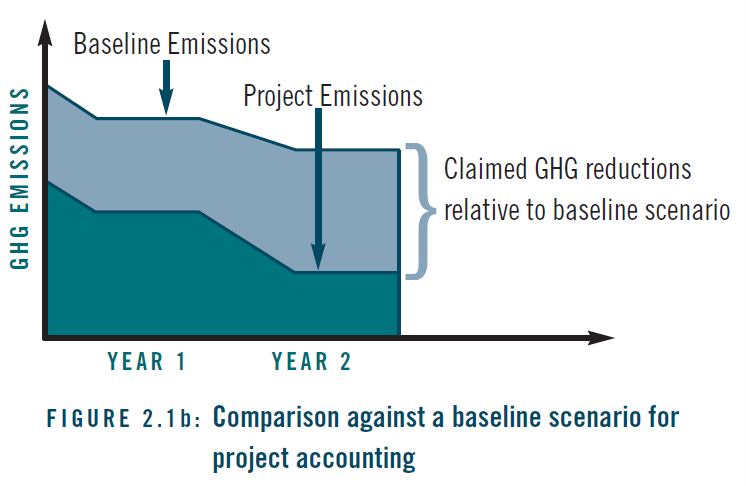Climate strategy for decarbonization
High greenhouse gas emissions must now be classified as a business risk, as they can lead to a loss of reputation, reduced competitiveness and a poorer ESG ranking in the medium term. It will therefore be necessary for every company to develop a climate strategy and take appropriate steps towards decarbonization. We support you in developing a climate strategy and identifying, planning, tracking and implementing appropriate decarbonization steps.
Product Carbon Footprint (PCF)
The product carbon footprint is the total amount of greenhouse gas emissions in CO2 equivalents that a product (or service) causes directly or indirectly during its entire life cycle – i.e. from raw material extraction to disposal (“cradle to cradle”). Over the next few years, it will become increasingly standard for the PCF to be shown alongside the price of products sold.
This is already common practice for energy-intensive products such as steel or cement. The PCF (or CFP) can be prepared or calculated in accordance with the “Product Life Cycle Accounting and Reporting Standard” of the GHG Protocol, ISO 14067 or PAS 2050. As with a company’s carbon footprint, the product carbon footprint can also be “verified” by an independent external body. Such verifications are carried out by major international certification organizations such as TÜV, LRQA, DNV or BV. In any case, an accredited testing organization for such verifications is recommended, as this significantly increases the credibility of the testing. Accreditation corresponds to a state license. LRQA, for example, currently has such an accreditation.
We support you in drawing up the PCF for your products and taking further steps to reduce the PCF and implement them.We are also happy to support you in planning your verification by a recognized testing body and in selecting the verification organization.
Project Carbon Footprint
If direct greenhouse gas emissions for a project are determined “before and after”, i.e. with and without savings measures, this is referred to as the project carbon footprint. Such calculations are usually made in order to confirm the savings measures taken to customers or other stakeholders or to monetize such savings measures on the free CO2 compensation market. Such project carbon footprint calculations can be carried out in accordance with the GHG Gas Protocol (“The GHG Protocol for Project Accounting”) or ISO 14067.
Like a company’s carbon footprint, the carbon footprint of a project can also be “verified” by an independent external body. Such verifications are carried out by major international certification organizations such as TÜV, LRQA, DNV or BV.
In any case, an accredited testing organization for such verifications is recommended, as this significantly increases the credibility of the testing. Accreditation corresponds to a state license. LRQA, for example, currently has such an accreditation.
CO2 compensation
In principle, the generation of greenhouse gas emissions should be avoided through appropriate measures or a roadmap to climate-neutral (CO2-free) production or net zero (climate-neutral along the entire value chain) should be drawn up. However, many companies are currently unable to achieve this at a reasonable cost.
In these cases, the unavoidable CO2 emissions can be offset. CO2 offsetting means that the greenhouse gas emissions caused by the company are compensated for through financial participation in the costs of climate protection projects. In other words, CO2 certificates are purchased from projects that lead to a reduction in CO2 emissions.In general, companies, services, products or projects can be offset.
It is always important to communicate clearly and transparently what is being offset and that these are credible climate protection projects.
If the GHG emissions that cannot currently be avoided with reasonable effort are offset, CO2 offsetting can in principle be seen as a very sensible measure in climate protection, and such projects generally also contribute to sustainable development in developing and emerging countries.
Unfortunately, in the past there have been repeated instances of misconduct by companies in the advertising of CO2 offsetting and individual projects have also been criticized for achieving their predicted savings, with the result that CO2 offsetting has become a highly criticized topic.
It is therefore all the more important not to take a “quick fix” when it comes to CO2 compensation, but to proceed with extreme caution and deliberation.
Recommended procedure for the realization of a CO2 compensation project
Our offer
We are happy to support you with your CO2 compensation project and with all questions relating to climate change and decarbonization.
Our many years of experience in the field of environmental protection, CO2 management and emissions trading as well as green marketing guarantee you professional and comprehensive support.


